No Fixed Abode: How the Chinese Missed Their Window of Opportunity (but Will Come in Your Back Door Anyway)

There’s a Land Rover clone — or is it a Land Cruiser clone — coming our way. Built in a low-cost country where the principle of “just good enough” has held sway ever since the Communists took over, it’s cheap, rugged-looking, and certain to feed aggressively on the bottom of the SUV-buyer ocean. You might not like the idea of supporting an oppressive regime, and you might not like the idea of trusting your life to something that was slapped together in a hurry, but other people aren’t as smart and discerning as you are and they will ensure that the new product is a roaring success.
Oh, I’m not talking about the Trumpchi. I’m reading automotive history circa 2003. What, you don’t remember the CrossLander? Well, my friend, you are in for a treat — one that has a surprising amount of relevance to China’s entry to the American auto market.
The American distributors announced a price of under $20,000 at a time when people were still cheerfully paying $29,500 for Explorer XLTs that were nothing but 1982 Ford Rangers with a nose job up front and a cap out back. It was also an era where customers were not terribly discerning regarding the quality or provenance of their SUVs. (For more details, fire up DuckDuckGo and look for “Acura SLX.”)
The “CrossLander” should have been a massive success. There was certainly quite a bit of dealer interest. Several purpose-built CrossLander stores popped up well in advance of the product, including one about six miles from my house in Ohio. Much of the smart money got behind it early.
So why isn’t there a CrossLander on every corner nowadays? Well, some of the principals were apparently a bit shady, and nobody ever really nailed down the myriad of issues that would have to be tackled in order for a Romanian factory to produce DOT-approved vehicles. In the end CrossLander, like Swedish Charles, left a name at which the world grew pale — but not for long.
Fourteen years later, we’re tying ourselves up in knots about this Trumpchi Land Cruiser clone. Relax. It’s not going to do any better than the CrossLander did, and I’ll tell you why.
The first reason is price. If you’ve spent any time browsing the various fly-by-night operations that sell Chinese-made motorcycles and ATVs, you know that the going rate for a Chinese 125cc dirt bike is between 25 and 40 percent of what you’d pay for a similar Yamaha or Honda. Applying the same math to the Trumpchi and, say, the Nissan Armada would give you a sticker price of between 15 and 25 grand.
I think the Trumpchi truck could set the market on fire at $14,999, but they won’t be able to get close to that price because the rules governing automobiles in this country are vastly different from the legislative vacuum around off-road motorcycle dealers. Those no-name 125cc bikes are sent by the crate and sold with no expectation of anything after the transaction. By contrast, automakers doing business in the USA are hamstrung by everything from environmental impact statements to a requirement that they maintain parts availability for a decade after the last example of a particular model rolls into a showroom. They have to advertise, market, lobby, and engage in public-relations campaigns. All of that stuff costs real money.
It gets worse. If you’re selling a new car in 2018, you need to have a full complement of active and passive safety equipment beyond what is required anywhere else in the world. It’s expensive equipment and some of it needs to be sourced from a very short list of Tier 1 suppliers. The alert among you have no doubt noticed that the Nissan Versa with automatic transmission now costs well over 14 grand. It’s made in Mexico, where labor costs are actually lower than that of China, but it’s still relatively expensive because it has to have everything from side airbags to stability control. Think about that for a minute. A Chinese Versa might cost more. And it would have less than two-thirds of the raw materials involved in the Trumpchi SUV.
The time for the Chinese to enter the car market was back when the cost of a car was determined by raw materials and labor. That was when the Japanese did it. The Accord used to be cheaper than a Citation — at least at MSRP. But today’s costs are determined by regulations and an ever-growing list of previously-optional equipment.
None of that matters, of course, if you are willing to sell at a loss long enough to establish an impregnable beachhead on the market. Some of TTAC’s readers will bristle at this, but I’d suggest that such a strategy would have worked under President Obama much better than it will work under his successor. Any large-scale home-brand Chinese sales effort in this country is going to be closely watched for even the appearance of product dumping. The current administration is willing to fight the battle on aluminum foil, so I suspect they’ll fight it on cars.
I’m also sure that some of the industry’s armchair analysts will disagree with me on what I’m about to say, but I’ve actually seen real costs for automotive production and they haven’t, so there. I believe that the manufacturing costs of a Chinese-branded SUV can’t be significantly lower than what Buick is paying to have the Envision built. While the Chinese makers won’t have the legacy costs that have attached themselves to “New GM,” they also don’t have an established distribution network for parts or a massive dealer infrastructure in place already, so it seems unlikely that a Trumpchi Envision could be any cheaper than a Buick Envision.
Without a measurable price advantage, how would a Chinese automaker get around the public-image disaster that is chabuduo? The answer is that they cannot, and will not. It will be a long time before Chinese-branded automobiles make any significant dent in our marketplace. The auto business is not the television business or the Harbor-Freight-level tool business or even the smartphone business. The barriers to entry are massive and people are more worried about quality and durability than they are with a smartphone.
I’m typing this on a Chinese-made laptop that I expect to throw away within 12 months, but when I’m done I will drive to lunch in an American-made Honda that I’ve owned for more than three-and-a-half trouble-free years and expect to own for at least five more trouble-free years. The difference between expectations for consumer products and the expectations for automobiles is real and it is spectacular.
So much for Chinese-branded cars. But that doesn’t mean that you won’t see more and more Chinese cars in this country, because the same math that works against Trumpchi works in Volvo’s favor. The whole idea behind products like the S90 and the Buick Envision is that you make a couple grand extra on each unit, you multiply that by millions of units, and then the executives who made the decision to build in China take their golden parachutes before the customer gets wise to the bait-and-switch.
At the end of the day, you’ve damaged your brand and decimated your customer base, but the only people who think past next year in the auto business work in Japan and that country is about to disappear up its own childless nose.
When the electric horizon finally arrives, there will be another chance for Chinese brands to make an entry into the country. I have no idea if they’ll succeed. I hope to be securely stored underground in a rosewood coffin before that day arrives. In the meantime between-time, though, you don’t need to worry about Trumpchi or any other Chinese brands making headway here. All you have to worry about is the VIN on your Volvo. If it starts with “L,” it’s Chinese. If you’re cool with that, then by all means, don’t let me stop you.
The future of automobiles, to re-coin a phrase, it’s already here. It’s just unevenly distributed.

More by Jack Baruth
Latest Car Reviews
Read moreLatest Product Reviews
Read moreRecent Comments
- 3-On-The-Tree My 2009 C6 corvette in black looks great when it’s all washed and waxed but after driving down my 1.3 mile long dirt road it’s a dust magnet. I like white because dust doesn’t how up easily. Both my current 2021 Tundra and previous 2014 Ford F-150 3.5L Ecobomb are white
- Bd2 Would be sweet on a Telluride.
- Luke42 When will they release a Gladiator 4xe?I don’t care what color it is, but I do care about being able to plug it in.
- Bd2 As I have posited here numerous times; the Hyundai Pony Coupe of 1974 was the most influential sports and, later on, supercar template. This Toyota is a prime example of Hyundai's primal influence upon the design industry. Just look at the years, 1976 > 1974, so the numbers bear Hyundai out and this Toyota is the copy.
- MaintenanceCosts Two of my four cars currently have tires that have remaining tread life but 2017 date codes. Time for a tire-stravaganza pretty soon.

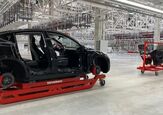
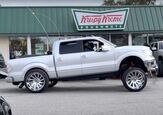













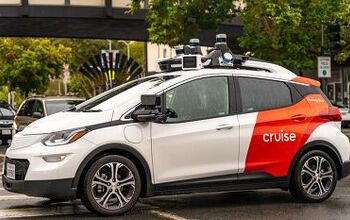
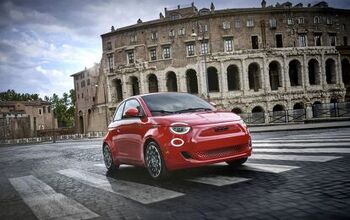
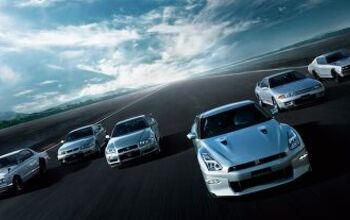
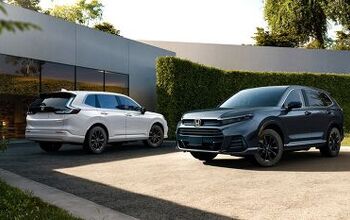
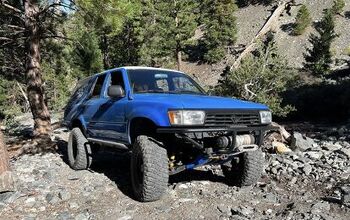

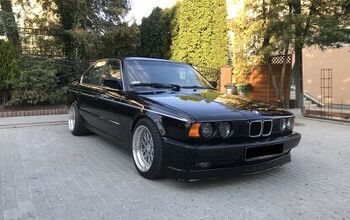

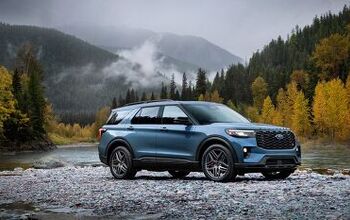
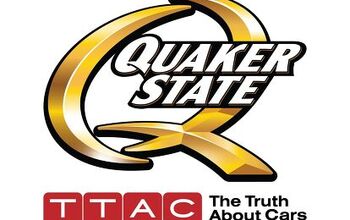

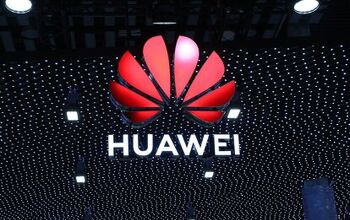
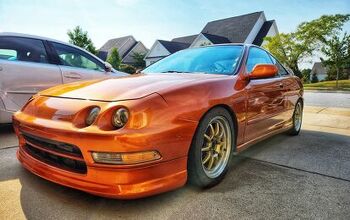
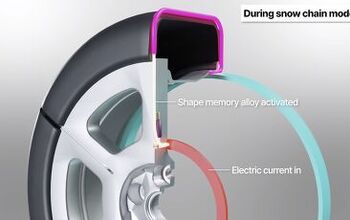
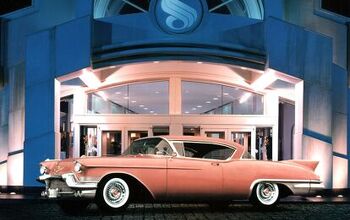
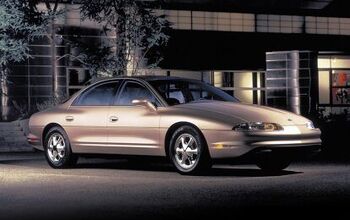
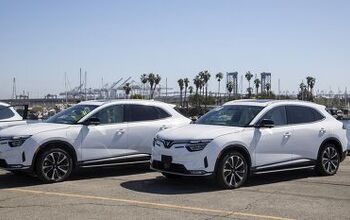
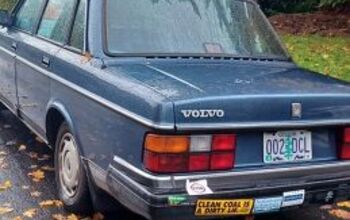
Comments
Join the conversation
I don't think the "copy" vehicles will ever make big inroads out of China, as this never worked from Korea, or even the British like Japanese vehicle of the 50s and early 60s. Even here in Australia we had a 4x4 Jeep clone called the Rocsta. It literally was the size of the original Willys, with the looks to match. It was okay off road and did not last in the market place, even with it's cool looks. https://en.wikipedia.org/wiki/Asia_Rocsta The vehicles that will impact the world out of China will be mainstream manufacturers producing and exporting, no different than the US producing Toyotas, BMWs and Mercedes Benz for the export market. Chinese companies like SIAC will produce indigenous vehicles that will eventually sell. But, the biggest vehicle potential for the Chinese will be EVs. These will be produced for the global consumer market, leaving the OECD economies fighting over the prestige and luxury end of EVs.
Very cute Seinfeld reference.